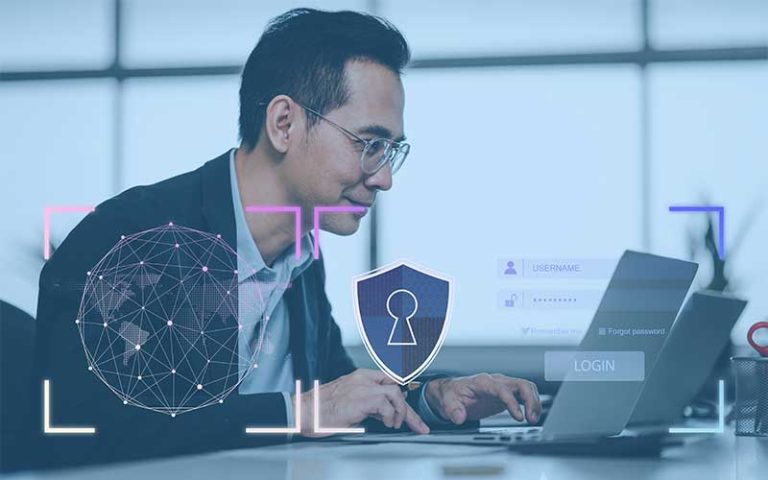Secure Software Development: Practices and Principles
As the digital world becomes more interconnected and software increasingly drives business operations, the importance of secure software development cannot be overstated. Building security into software from the ground up…
As the digital world becomes more interconnected and software increasingly drives business operations, the importance of secure software development cannot be overstated. Building security into software from the ground up can help prevent vulnerabilities, protect sensitive data, and maintain the integrity of critical systems. In this article, we will discuss the importance of secure software development, various Secure Software Development Lifecycle (SDLC) models, and key practices and principles that can help ensure the creation of secure software.
Importance of Secure Software Development
Secure software development is essential for several reasons:
- Protecting Sensitive Data: Secure software helps safeguard sensitive data from unauthorized access, theft, or tampering.
- Maintaining System Integrity: Ensuring software is secure helps maintain the integrity and availability of critical systems and services.
- Regulatory Compliance: Organizations must often comply with industry-specific regulations or standards related to data protection and software security.
- Reducing Vulnerabilities: Secure software development practices can help reduce the number of vulnerabilities introduced into the software, decreasing the likelihood of successful cyberattacks.
- Reputation and Trust: Secure software helps build trust with customers and partners, who rely on the software to protect their data and systems.
Secure Software Development Lifecycle (SDLC) Models
Several Secure SDLC models exist, each with its strengths and weaknesses. Some popular models include:
- Microsoft Security Development Lifecycle (SDL)
- NIST SP 800-64 Revision 2: Security Considerations in the System Development Life Cycle
- ISO/IEC 27034: Application Security Standard
- OWASP Software Assurance Maturity Model (SAMM)
While the specific practices and processes within each model may vary, they all emphasize the integration of security activities throughout the software development process.
Key Practices and Principles
Security by Design
Security should be a fundamental consideration at every stage of the software development process. Incorporating security from the initial design phase helps ensure that potential risks are identified and mitigated early on, reducing the likelihood of vulnerabilities being introduced into the software.
Least Privilege
The principle of least privilege dictates that users, processes, and systems should only be granted the minimum level of access necessary to perform their tasks. By implementing least privilege, organizations can limit the potential damage that can be caused by compromised accounts or unauthorized access.
Defense in Depth
Defense in depth is the practice of implementing multiple layers of security controls to protect software and systems. By employing a layered approach, organizations can increase the likelihood that a potential attacker will be detected and thwarted before they can cause significant damage.
Secure Coding Practices
Developers should adhere to secure coding practices to reduce the likelihood of introducing vulnerabilities into the software. This may include following established coding standards, participating in security training, and using tools to identify and remediate potential security issues.
Input Validation and Output Encoding
One of the most common sources of software vulnerabilities is the improper handling of user input. Input validation is the process of ensuring that user input is properly checked and sanitized before being processed by the software. Output encoding is the practice of ensuring that any data displayed or transmitted to the user is properly encoded to prevent attacks such as cross-site scripting (XSS). By implementing input validation and output encoding, organizations can help protect their software from a wide range of attacks.
Error Handling and Logging
Proper error handling and logging are crucial for maintaining the security and stability of software. By ensuring that errors are caught and handled gracefully, developers can prevent potential security issues that may arise from unexpected situations. Additionally, logging important security events can help with detecting, investigating, and responding to security incidents.
Secure Cryptography
The use of strong cryptography is essential for protecting sensitive data and ensuring secure communication between software components. Developers should ensure that they use up-to-date cryptographic algorithms, libraries, and protocols, as well as adhere to industry best practices for key management and secure storage.
Regular Security Testing
Security testing should be performed throughout the software development process to identify and remediate potential vulnerabilities. This may include static analysis, dynamic analysis, penetration testing, and code reviews. By performing regular security testing, organizations can catch and fix vulnerabilities before they are exploited by attackers.
Continuous Monitoring and Maintenance
Even after the software is released, it is essential to monitor its security continuously and apply patches or updates as necessary. By maintaining an ongoing commitment to software security, organizations can stay ahead of evolving threats and ensure that their software remains secure over time.
Conclusion
Secure software development is vital for protecting sensitive data, maintaining system integrity, and complying with regulatory requirements. By adopting a security-focused mindset and following key practices and principles, organizations can help ensure that their software is secure, resilient, and reliable. As cyber threats continue to evolve, a proactive approach to secure software development will become increasingly important in maintaining the safety of our digital world.
FAQs
Q: What is the importance of secure software development?
A: Secure software development helps protect sensitive data, maintain system integrity, ensure regulatory compliance, reduce vulnerabilities, and build trust with customers and partners.
Q: What is a Secure Software Development Lifecycle (SDLC)?
A: A Secure SDLC is an approach to software development that integrates security activities and considerations throughout the entire development process, from design to deployment and maintenance.
Q: What are some key principles of secure software development?
A: Key principles include security by design, least privilege, defense in depth, secure coding practices, input validation and output encoding, error handling and logging, secure cryptography, regular security testing, and continuous monitoring and maintenance.
Q: How can organizations ensure that their software is secure?
A: Organizations can ensure software security by adopting a security-focused mindset, following secure software development best practices, and implementing security controls and processes throughout the software development lifecycle.
Q: What is the role of security testing in secure software development?
A: Security testing helps identify and remediate potential vulnerabilities in software, ensuring that security issues are addressed before the software is deployed. Regular security testing can help catch and fix vulnerabilities before they are exploited by attackers.







